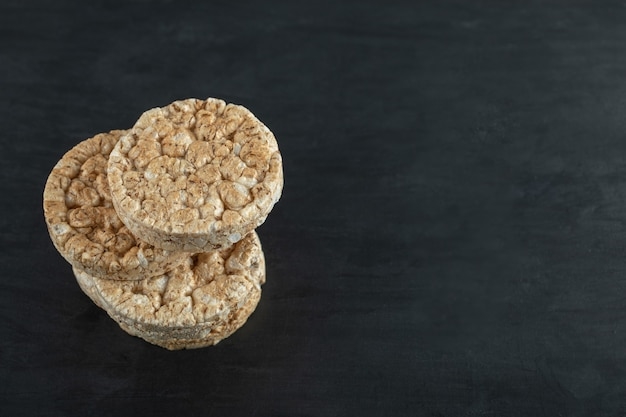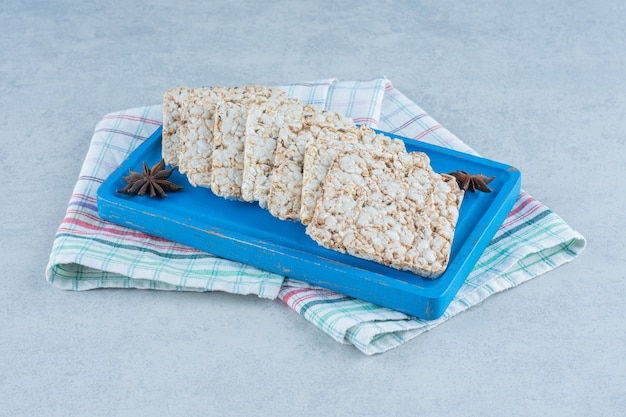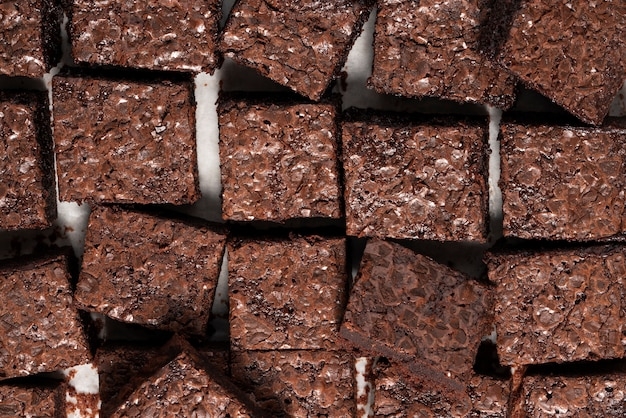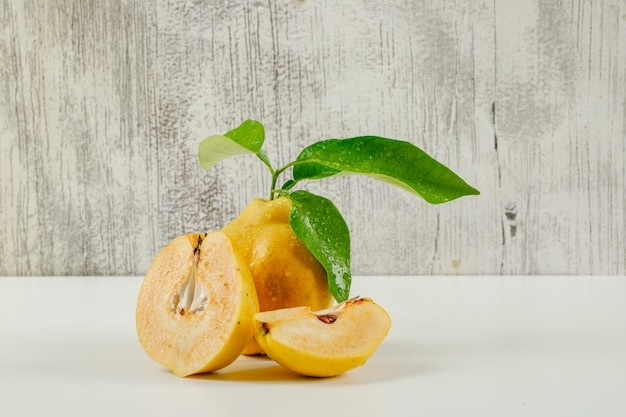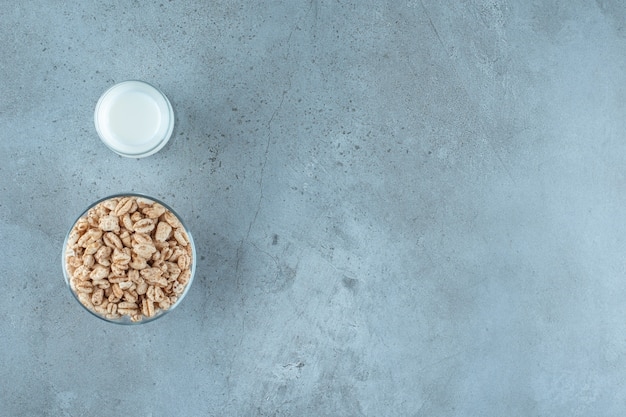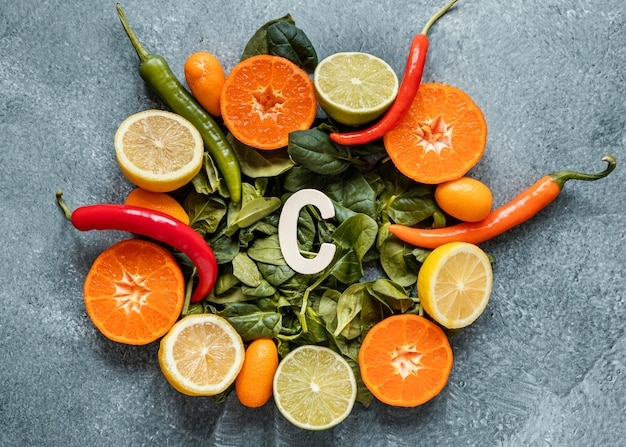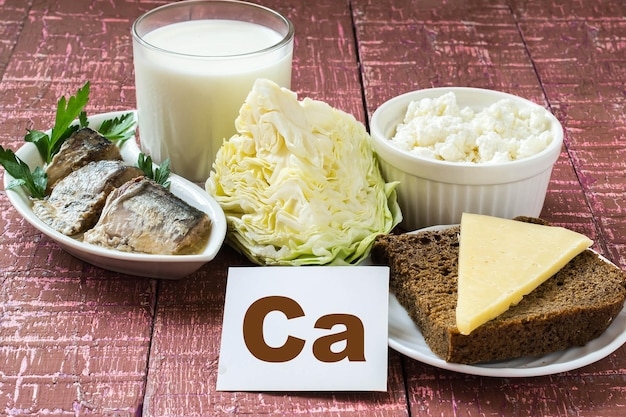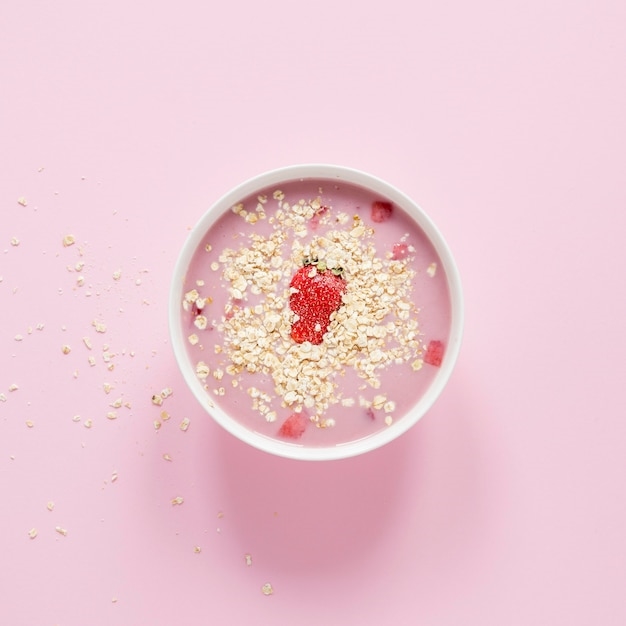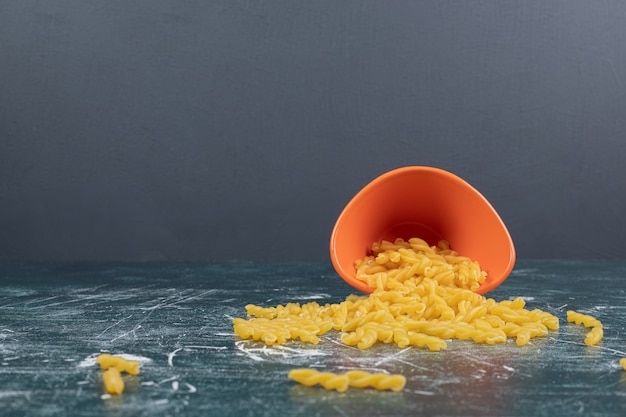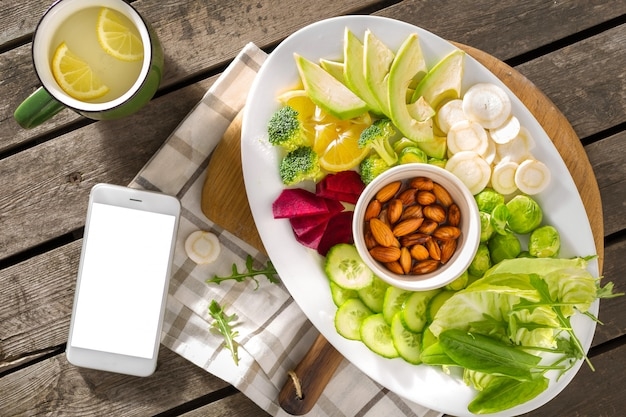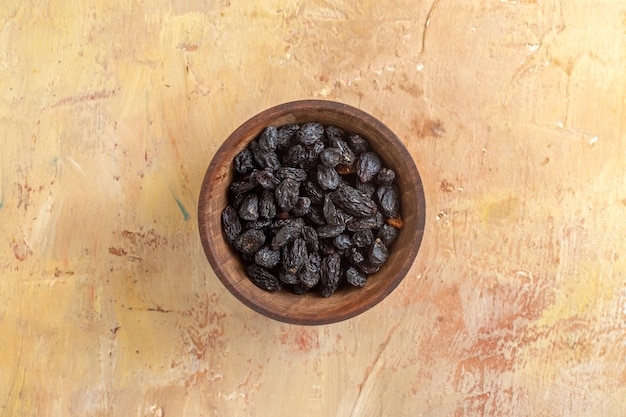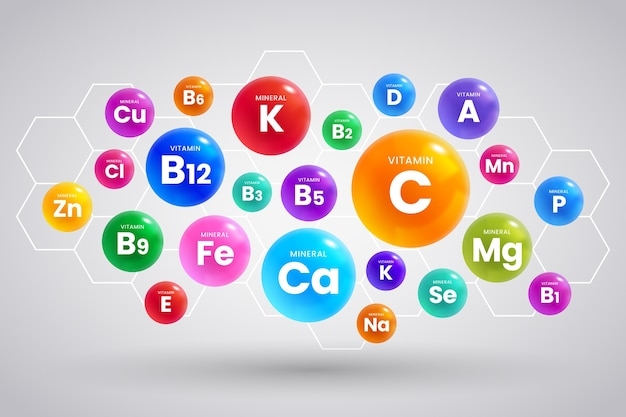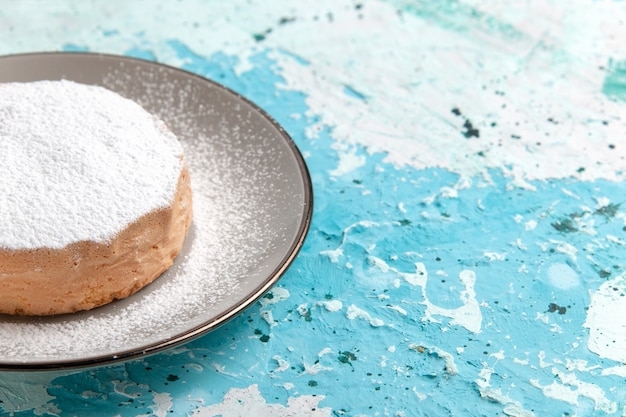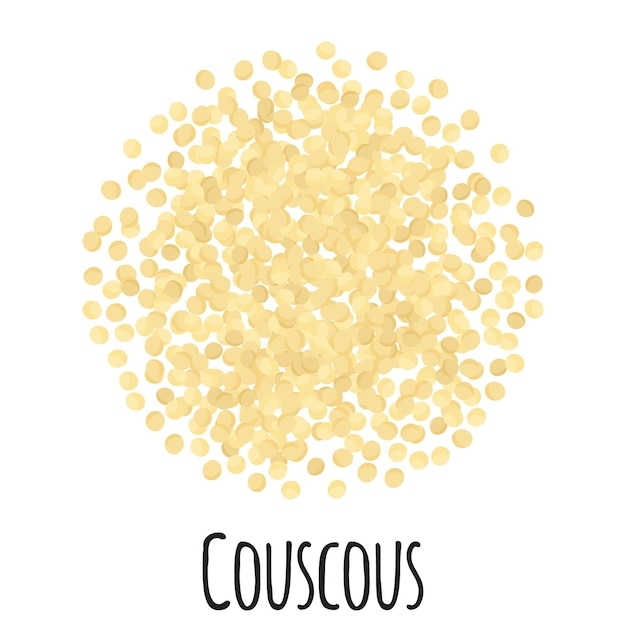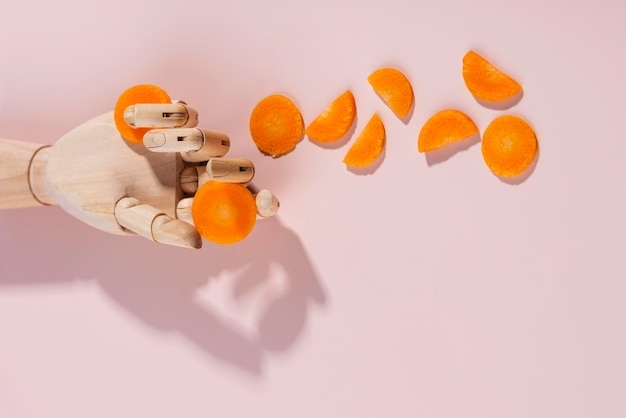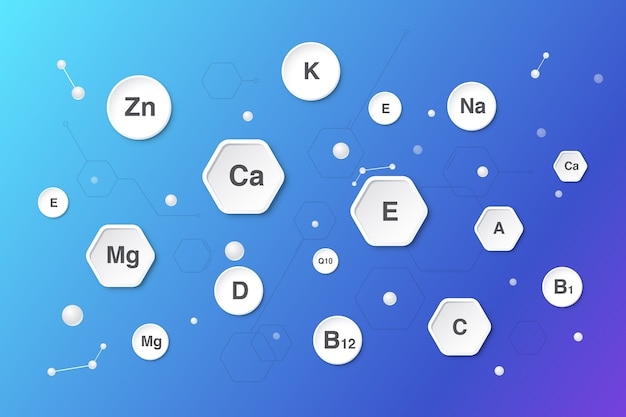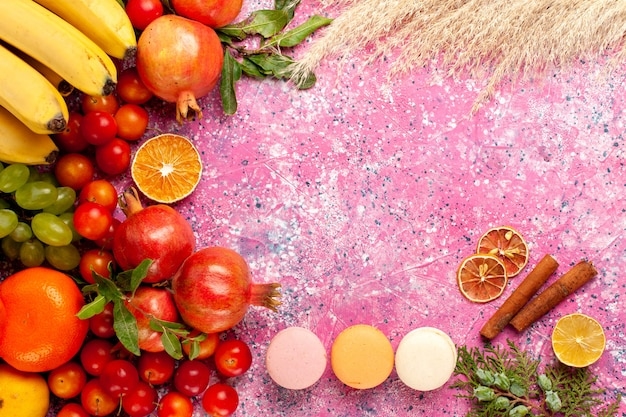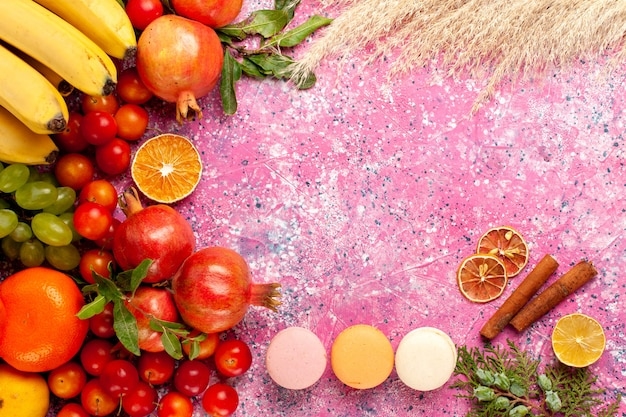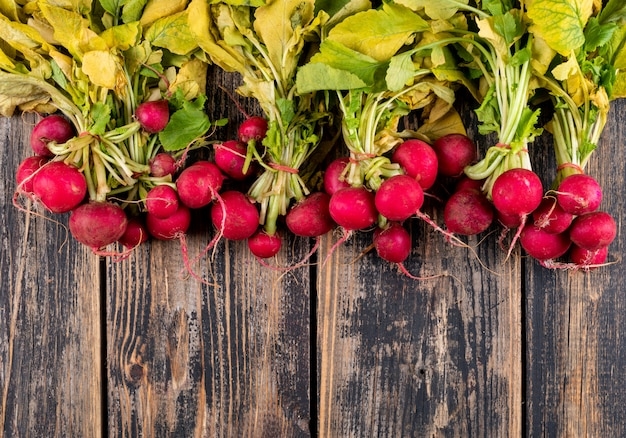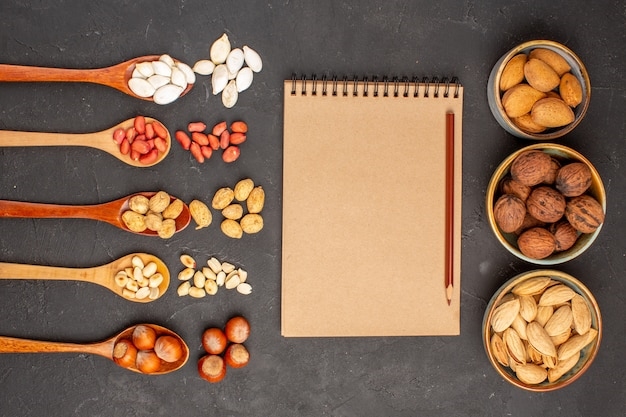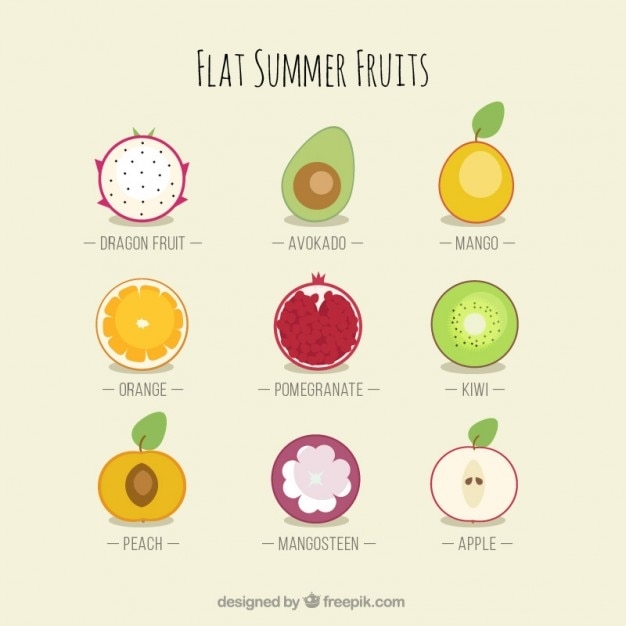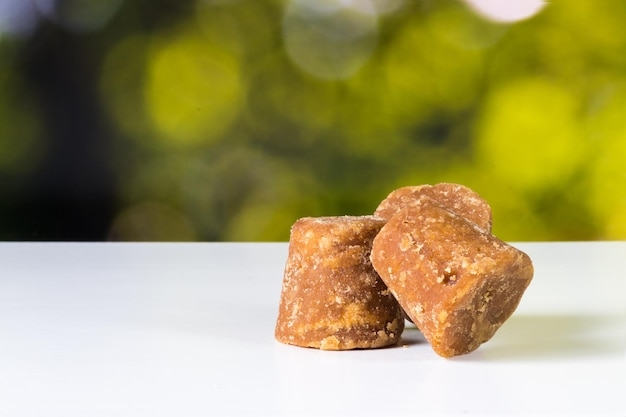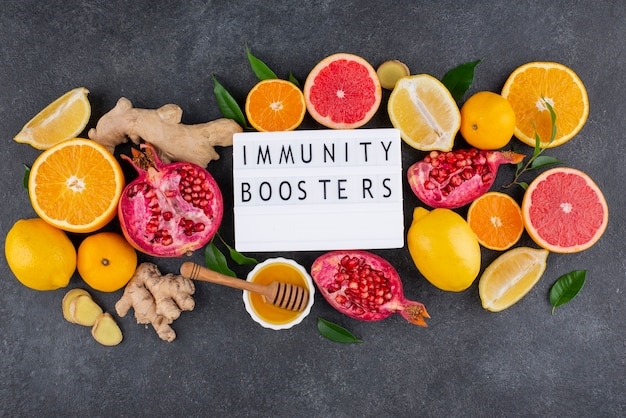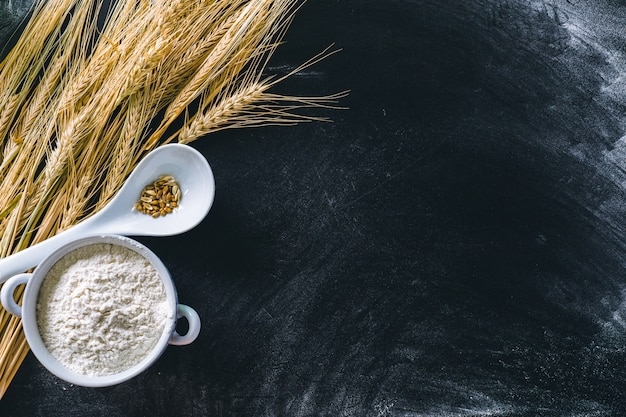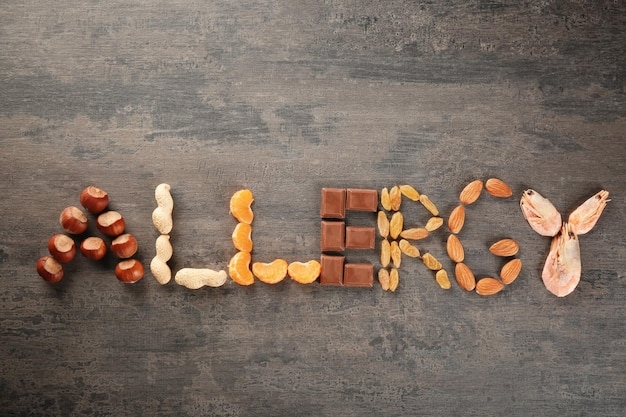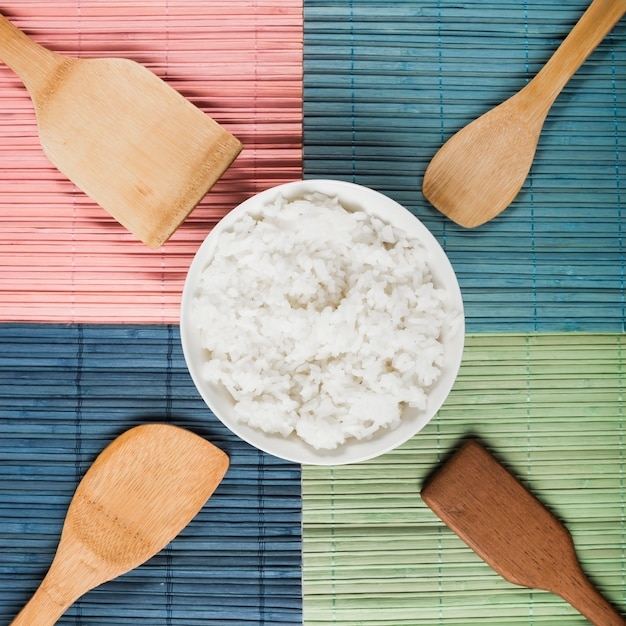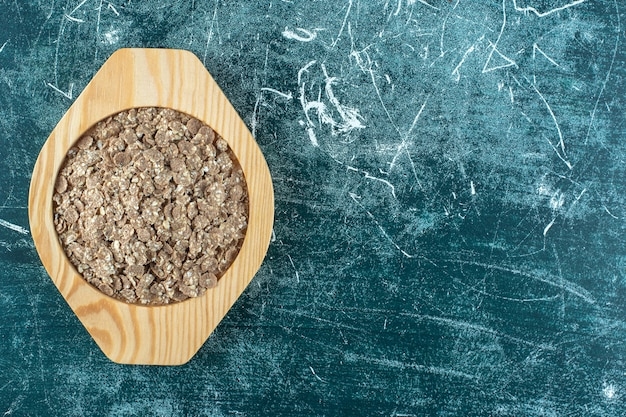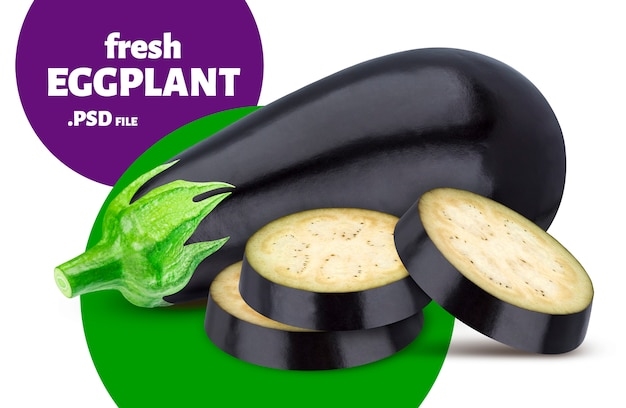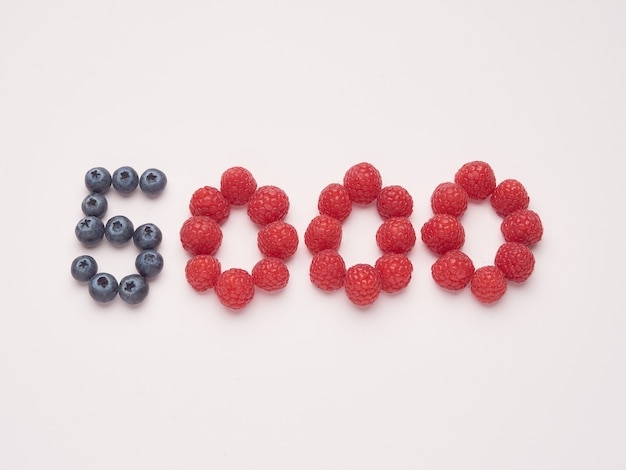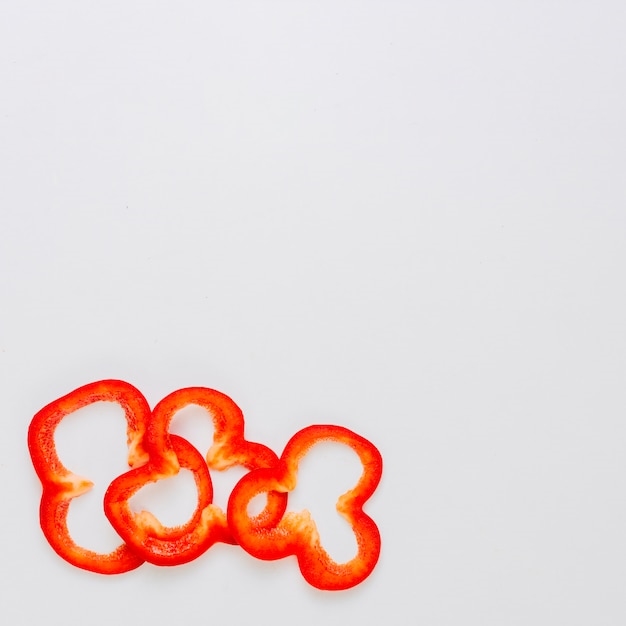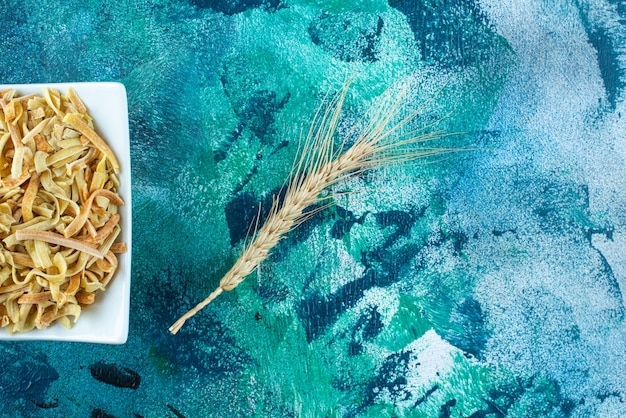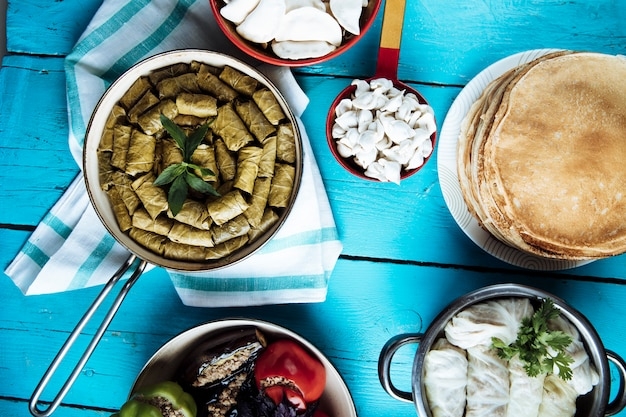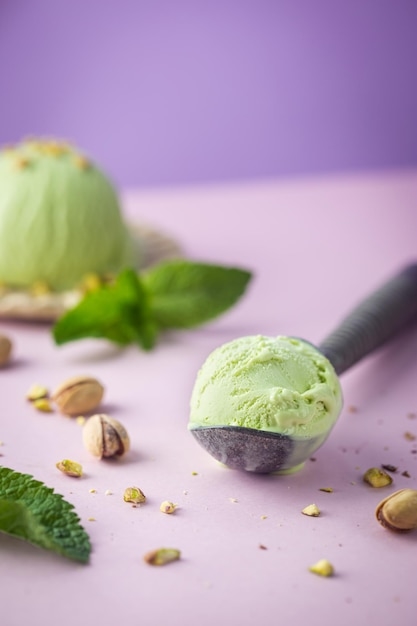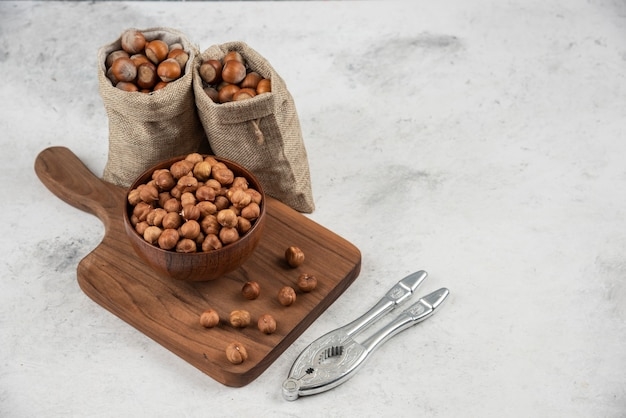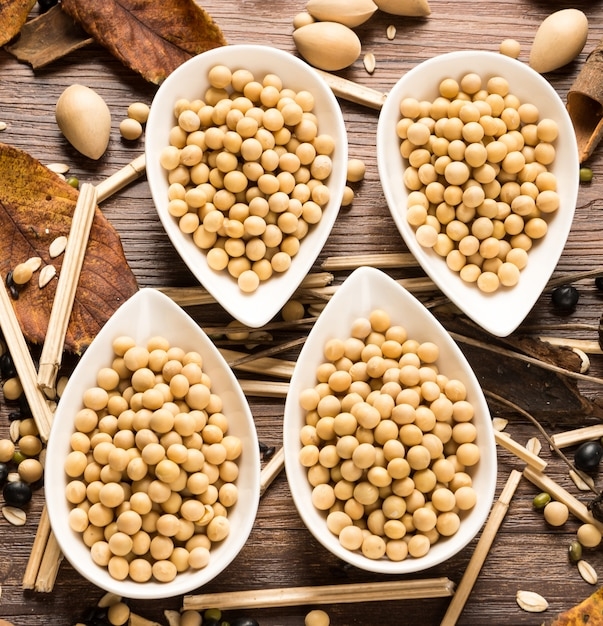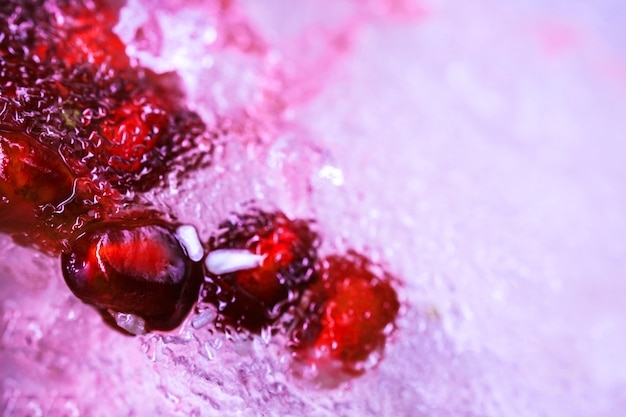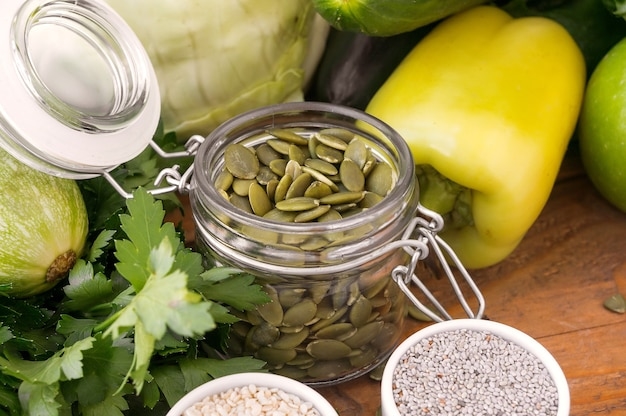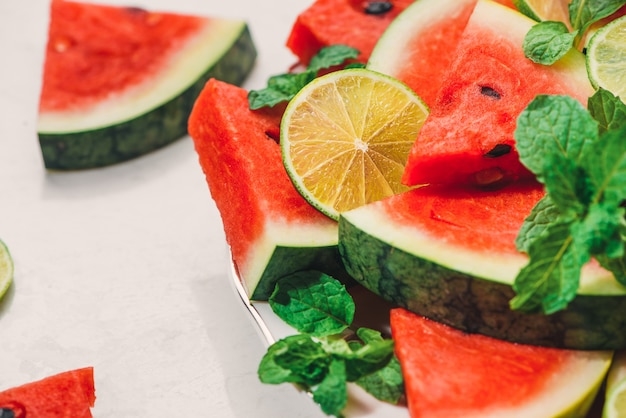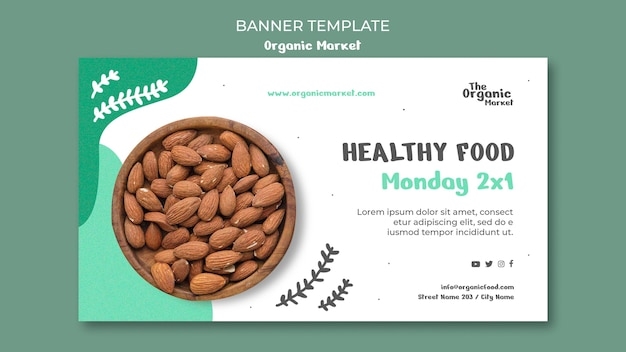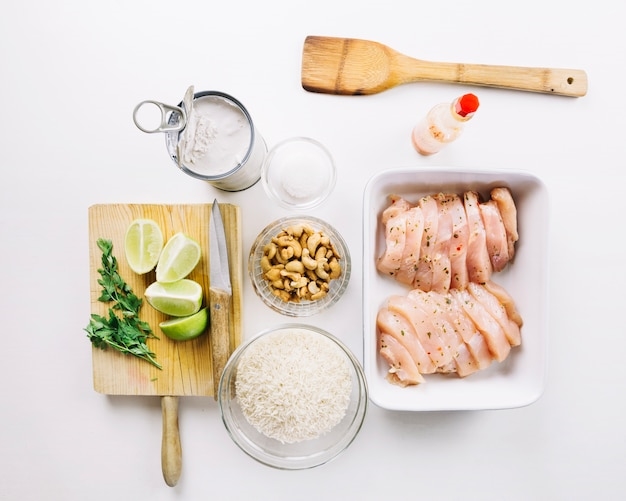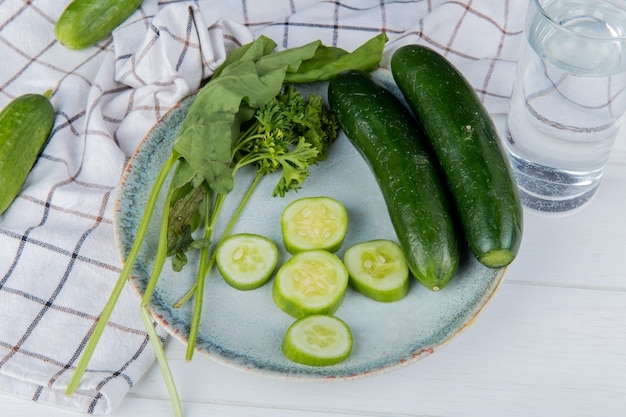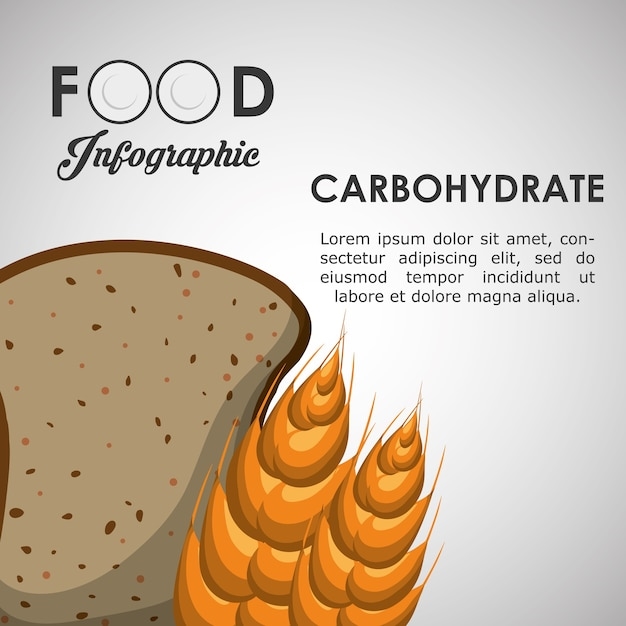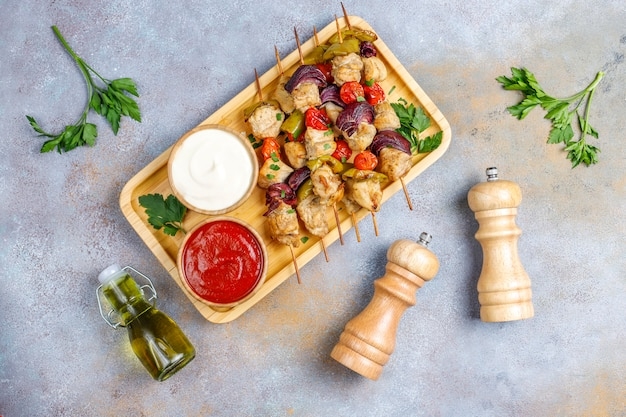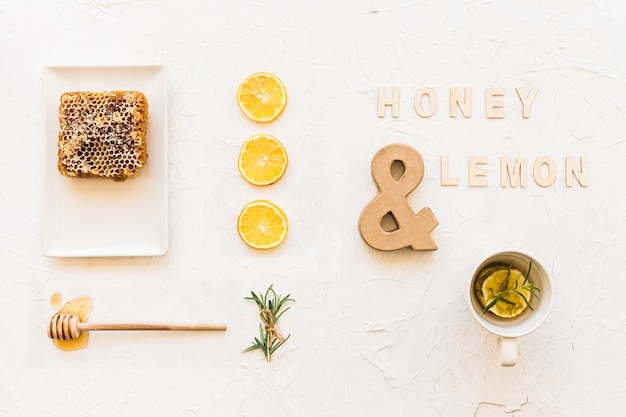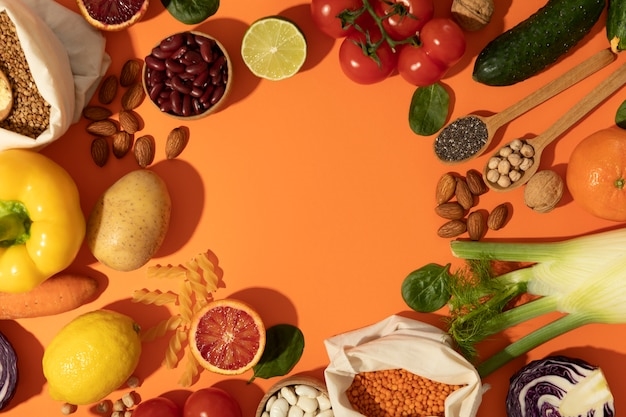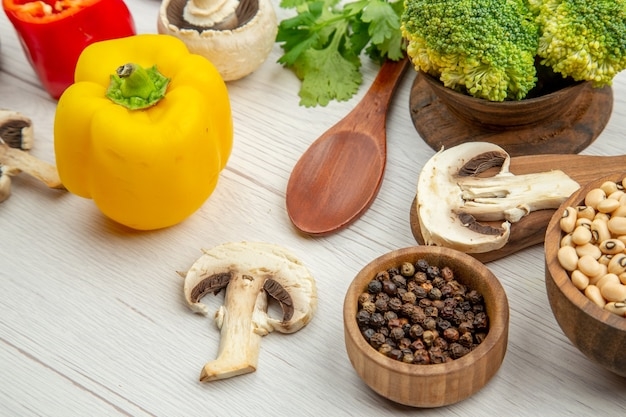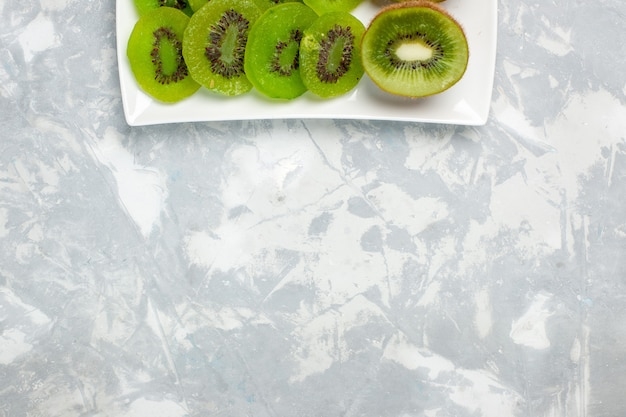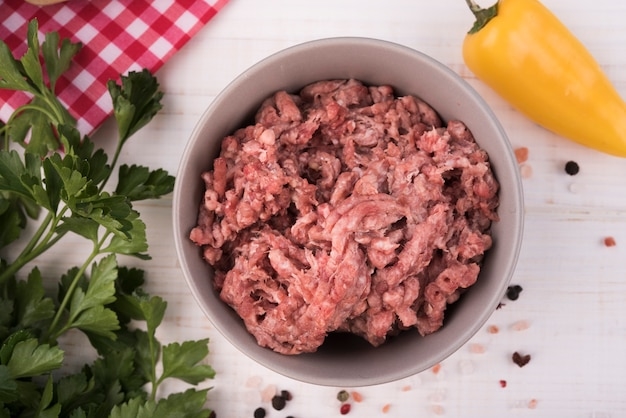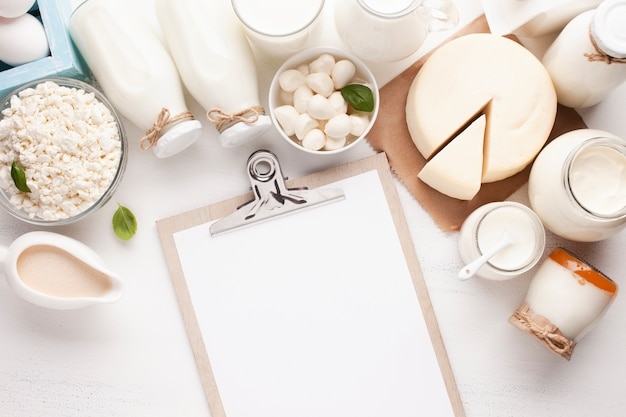Paella is a Spanish rice dish that has become popular all over the world. Traditionally, it includes a variety of seafood, chicken, and vegetables. However, this recipe uses shrimp and quinoa instead of rice. This dish is not only delicious but also packed with nutrition. In this article, we will discuss the nutritional value of shrimp and quinoa paella per 100g serving.
Shrimp
Shrimp is a low-calorie, high-protein food that is also a good source of certain vitamins and minerals. Here is the nutritional breakdown of 100g of cooked shrimp:
- Calories: 99
- Protein: 21g
- Fat: 1.4g
- Carbohydrates: 0g
- Fiber: 0g
- Sodium: 176mg
- Cholesterol: 189mg
- Vitamin D: 4% of the Recommended Daily Intake (RDI)
- Vitamin B12: 18% of the RDI
Quinoa
Quinoa is a gluten-free grain that is also a complete protein. This means it contains all nine essential amino acids that our bodies cannot produce on their own. Here is the nutritional breakdown of 100g of cooked quinoa:
- Calories: 120
- Protein: 4g
- Fat: 1.9g
- Carbohydrates: 21g
- Fiber: 2.8g
- Sodium: 7mg
- Iron: 15% of the RDI
- Magnesium: 18% of the RDI
- Phosphorus: 20% of the RDI
- Potassium: 9% of the RDI
Vegetables
Paella typically includes a variety of vegetables such as onions, bell peppers, garlic, and tomatoes. These vegetables provide vitamins, minerals, and antioxidants. Here is the nutritional breakdown of the vegetable mixture used in this recipe:
- Calories: 25
- Protein: 1g
- Fat: 0.2g
- Carbohydrates: 6g
- Fiber: 1g
- Sodium: 9mg
- Vitamin C: 33% of the RDI
- Vitamin A: 8% of the RDI
- Vitamin K: 13% of the RDI
Total Nutritional Value
By combining shrimp, quinoa, and vegetables, we can create a delicious and nutritious paella. Here is the total nutritional breakdown per 100g serving:
- Calories: 244
- Protein: 26g
- Fat: 3.5g
- Carbohydrates: 27g
- Fiber: 3.8g
- Sodium: 192mg
- Cholesterol: 133mg
- Vitamin D: 4% of the RDI
- Vitamin B12: 18% of the RDI
- Iron: 4% of the RDI
- Magnesium: 7% of the RDI
- Phosphorus: 8% of the RDI
- Potassium: 4% of the RDI
- Vitamin C: 13% of the RDI
- Vitamin A: 3% of the RDI
- Vitamin K: 3% of the RDI
FAQs
1. Is shrimp high in cholesterol?
Shrimp is high in cholesterol. However, studies have shown that dietary cholesterol does not have a significant impact on blood cholesterol levels for most people.
2. Is quinoa gluten-free?
Yes, quinoa is gluten-free.
3. Is paella a healthy dish?
Paella can be a healthy dish when prepared with nutrient-rich ingredients such as shrimp, quinoa, and vegetables. However, traditional paella recipes that use white rice and sausage may not be as healthy.
4. What are the health benefits of eating quinoa?
Quinoa is a good source of protein, fiber, and various vitamins and minerals. It has been linked to several health benefits such as improved blood sugar control and a lower risk of heart disease.
5. Can I use other seafood instead of shrimp in this recipe?
Yes, you can use other seafood such as scallops or mussels in this recipe.
6. Can I make this recipe vegetarian?
Yes, you can omit the shrimp and use vegetable broth instead of chicken broth to make this recipe vegetarian.
7. Is paella a spicy dish?
Paella can be spicy depending on the ingredients used and the cook’s preference. This recipe is not spicy, but you can add some red pepper flakes or hot sauce if desired.
8. Can I make this recipe ahead of time?
Yes, you can make this recipe ahead of time and store it in the refrigerator for up to three days.
9. Can I freeze this recipe?
Yes, you can freeze this recipe for up to three months. Thaw it in the refrigerator overnight before reheating.
10. How do I reheat this recipe?
You can reheat this recipe in the microwave or on the stovetop. Add a splash of water or chicken broth to prevent it from drying out.
Conclusion
Shrimp and quinoa paella is a delicious and nutritious dish that is packed with protein, fiber, vitamins, and minerals. By using wholesome ingredients like quinoa and vegetables, we can create a healthier version of traditional paella. This recipe is easy to make and can be customized to suit individual preferences. Give it a try and enjoy a taste of Spain!
